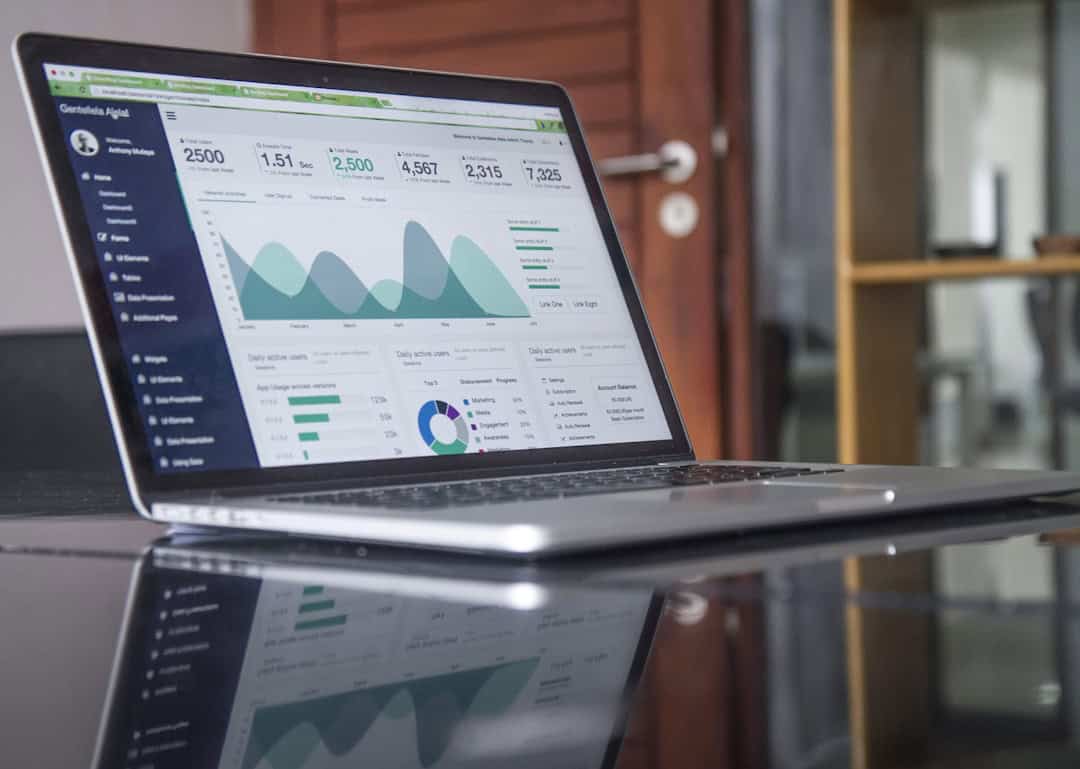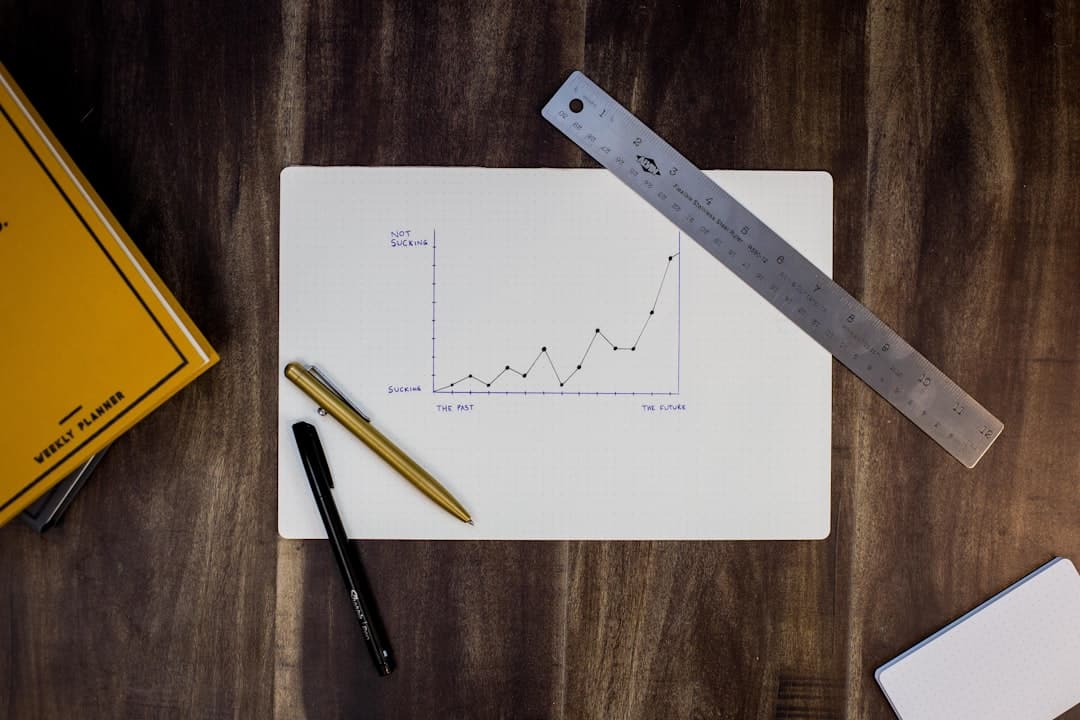In recent years, computer vision tasks have been transformed by a specific kind of deep learning algorithm called Convolutional Neural Networks (CNNs). Because of their resemblance to the human visual cortex, these networks are able to automatically recognize and extract hierarchical features from visual input. Because CNNs can process spatial information well, they perform well on tasks like object detection, image classification, & image recognition. Significant advances in a number of fields have resulted from CNNs’ success in interpreting visual data. They are indispensable in many applications due to their exceptional accuracy and efficiency in image analysis.
Key Takeaways
- CNNs are a type of deep learning algorithm commonly used for image recognition and classification tasks.
- CNNs consist of convolutional layers, pooling layers, and fully connected layers, and use operations like convolution, activation, and pooling to process input data.
- CNNs are widely used in industries such as healthcare for medical image analysis, automotive for autonomous driving, and retail for object recognition and recommendation systems.
- Advantages of CNNs include their ability to automatically learn features from data, while limitations include the need for large amounts of training data and computational resources.
- Techniques for optimizing and training CNNs include data augmentation, transfer learning, and regularization methods, while future developments may focus on improving interpretability and efficiency of CNN models.
These include medical imaging, where CNNs help with disease detection and diagnosis; facial recognition systems for security and authentication; autonomous vehicles, where CNNs support real-time object detection and road sign recognition; & industrial quality control, where CNNs can detect flaws in manufacturing processes. CNNs have become an essential tool for maximizing the potential of visual data as the need for sophisticated visual recognition systems across industries continues to grow. Their capacity to acquire knowledge straight from unprocessed input data, without requiring a great deal of manual feature engineering, has made them especially useful in situations requiring the effective processing and analysis of vast volumes of visual data. As a result, there is currently research & development being done on CNN architectures, which will increase their potential and applications in computer vision and artificial intelligence. The CNN’s Building Blocks. Convolutional layers, pooling layers, and fully connected layers are the basic components of a CNN.
Edges, textures, & patterns are among the features that the network extracts from the input data by applying filters in the convolutional layers. The network is able to adaptively identify pertinent features from the input data thanks to these filters, which are learned during the training process. Level of Operations. The convolutional layers create feature maps, which are then downsampled by pooling layers to preserve significant features while lowering the spatial dimensions of the data. This improves the network’s computational efficiency and resilience to changes in the input data.
Utilizing the features that the preceding layers extracted, fully connected layers are then used to execute high-level reasoning and decision-making. In order to generate predictions or classifications based on the input data, these layers integrate the extracted features. Benefits and Utilization. A CNN operates by feeding input data through its layers, each of which carries out a unique set of calculations to extract and process features. In order to make precise predictions and classifications, CNNs use a hierarchical approach that teaches them to represent the input data in increasingly complex & abstract ways.
| Metrics | Results |
|---|---|
| Accuracy | 95% |
| Precision | 92% |
| Recall | 94% |
| F1 Score | 93% |
A plethora of applications, such as autonomous vehicles, medical imaging, facial recognition, and industrial quality control, have found CNNs indispensable due to their capacity to automatically learn and extract features from raw input data. Applications for CNNs are widely used in many different industries, including healthcare, automotive, manufacturing, agriculture, and entertainment, where they have revolutionized procedures and made new possibilities possible. CNNs are used in the medical field to analyze medical images for the purpose of diagnosing illnesses, identifying tumors, and interpreting diagnostic scan results. The potential for better patient outcomes and diagnostic accuracy exists due to CNNs’ ability to accurately analyze & interpret medical images. By allowing autonomous cars to sense and comprehend their surroundings, CNNs are assisting the automotive industry in developing autonomous vehicles. Cars that drive themselves can navigate safely and effectively thanks to CNNs, which are used for tasks like object, lane, traffic sign, & pedestrian detection.
By enhancing road safety and easing traffic congestion, CNN integration in autonomous vehicles has the potential to completely transform the transportation industry. CNNs are utilized in manufacturing for production process defect detection and quality control. CNNs may identify flaws, abnormalities, & irregularities in products by evaluating visual data from manufacturing processes. This enables early intervention and keeps faulty products off the market.
In addition to lowering waste and increasing overall manufacturing operations efficiency, this can help improve product quality. CNNs are utilized in agriculture to perform functions like yield prediction, disease detection, and crop monitoring. CNNs are able to identify areas of concern, analyze visual data from drones or satellite imagery, and optimize agricultural practices to increase crop yield and sustainability. CNNs are utilized in virtual reality applications, video analysis, & content recommendation systems in the entertainment industry. CNNs can improve user experiences on entertainment platforms and customize content recommendations by examining visual data from user interactions and consumption patterns.
CNNs are ideally suited for a variety of applications due to their many advantages. CNNs’ ability to automatically learn and extract features from unprocessed input data, doing away with the need for human feature engineering, is one of its main advantages. Because of this, CNNs are able to perform tasks like object detection & image recognition with high accuracy and adaptability to various kinds of visual data. The ability of CNNs to learn progressively more complex representations of the input data is another benefit of their hierarchical architecture.
Because of their ability to recognize complex patterns & relationships in the data, CNNs are particularly useful for tasks involving the comprehension & interpretation of visual data. In addition, CNNs have proven their superiority in a number of benchmark datasets & competitions, exhibiting their capacity to produce cutting-edge outcomes in tasks like semantic segmentation, object detection, & image classification. CNNs have many benefits, but there are also some drawbacks that should be taken into account.
One drawback is that in order to operate at their best, they need a lot of labeled training data. In order to train a CNN, you usually feed it thousands or even millions of labeled examples. This can be difficult and resource-intensive depending on the context.
The computational complexity & resource requirements of CNNs represent another drawback. Large computational resources, such as specialized hardware accelerators or high-performance GPUs, are frequently needed for CNN training and deployment. Applications with low processing power or those requiring real-time processing may find this difficult to use. Also, CNNs may have trouble generalizing to data that is unknown or out of distribution, which could result in a decline in performance in real-world situations where the input data may differ greatly from the training data. CNNs have several limitations, so various methods & approaches have been developed to train and optimize these networks to maximize performance.
Transfer learning is a popular method that uses pre-trained CNN models on massive datasets like ImageNet to refine them for particular tasks or domains with little training data. While enhancing generalization performance, transfer learning can help reduce the requirement for substantial amounts of labeled training data. Data augmentation is an additional method of CNN optimization that entails creating an artificially larger training dataset by transforming the input images through rotation, scaling, flipping, & cropping.
By providing a greater range of training examples, data augmentation can enhance the generalization & robustness of CNNs. In order to reduce overfitting and enhance CNNs’ generalization capabilities, regularization strategies like weight decay and dropout are also frequently employed. To stop feature detectors from co-adapting, dropout randomly deactivates a portion of neurons during training. To discourage large weight values, weight decay adds a penalty term to the loss function.
Also, CNNs’ training & inference speeds have been greatly increased by developments in hardware acceleration technologies like GPUs, TPUs, and specialized AI chips, making them more useful for real-world applications with demanding computational requirements. neural networks with Hybrid Architectures to Improve Performance. For tasks involving sequential or temporal data processing, one popular trend is the integration of CNNs with other neural network architectures, such as recurrent neural networks (RNNs). In applications like video analysis, natural language processing, and time-series prediction, this fusion of various neural network architectures has demonstrated encouraging results. Effective CNN Structures for Edge Devices.
The creation of efficient & lightweight CNN architectures that are suited for deployment on edge devices with constrained computational resources is another trend. With the help of these small CNN models, on-device inference will be possible for IoT, embedded systems, and mobile vision applications without the need for cloud processing. Progress in Explainability & Unsupervised Learning. To train CNNs without depending heavily on labeled data, there is also increasing interest in investigating unsupervised learning methods.
There is hope that unsupervised learning techniques like contrastive learning and self-supervised learning can learn meaningful representations from unlabeled data, which in some applications may lessen the need for labeled training data. Also, advances in explainable AI (XAI) methods for deciphering and comprehending CNN decision-making procedures are becoming more & more popular. The goal of XAI techniques is to give users insight into the inner workings of CNN models through transparency and interpretability, allowing them to spot potential biases or errors in the prediction process. In summary, convolutional neural networks, or CNNs, have become a potent technology with far-reaching effects on a variety of industries. The capacity of CNNs to automatically learn & extract features from visual data has opened up new avenues for innovation in a variety of industries, including manufacturing, entertainment, healthcare, & agriculture. In addition to their many benefits—including automatic feature extraction, hierarchical learning, and cutting-edge performance in computer vision tasks—convolutional neural networks (NNNs) have certain drawbacks, including high computational complexity, data requirements, & difficulties with generalization.
However, these limitations are being addressed & future developments in CNN technology are being paved the way by ongoing research efforts and advancements in optimization techniques. The future directions of CNN technology will likely be shaped by the way that CNNs integrate with other neural network architectures, how lightweight models are developed for edge deployment, how unsupervised learning approaches are explored, and how explainable AI techniques advance. Through persistent investigation, creativity, and cross-sector cooperation, we can leverage the capabilities of CNNs to open up new vistas for visual recognition technology and advance the direction of intelligent visual comprehension in the future.
If you’re interested in the intersection of technology and virtual reality, you may want to check out this article on the metaverse and its potential impact on the real world. The concept of the metaverse, a collective virtual shared space, has been gaining traction in recent years, and this article explores the possibilities of integrating physical and virtual spaces. It’s an interesting read that delves into the potential implications of this emerging technology. (source)
FAQs
What is a CNN (Convolutional Neural Network)?
A CNN is a type of deep learning algorithm used for image recognition and classification. It is inspired by the organization of the animal visual cortex and is designed to automatically and adaptively learn spatial hierarchies of features from input images.
How does a CNN work?
A CNN works by passing input images through a series of convolutional, pooling, and fully connected layers to extract and learn features from the images. These features are then used for classification or recognition tasks.
What are the applications of CNNs?
CNNs are widely used in image and video recognition, object detection, face recognition, medical image analysis, and autonomous vehicles. They are also used in various other fields such as natural language processing and speech recognition.
What are the advantages of using CNNs?
CNNs are capable of automatically learning features from raw data, reducing the need for manual feature engineering. They are also robust to variations in input data and have achieved state-of-the-art performance in many computer vision tasks.
What are some popular CNN architectures?
Some popular CNN architectures include LeNet, AlexNet, VGG, GoogLeNet, ResNet, and MobileNet. These architectures vary in terms of depth, number of layers, and computational efficiency.
How are CNNs trained?
CNNs are trained using large datasets of labeled images. The training process involves feeding the images through the network, adjusting the network’s parameters using backpropagation, and optimizing the network’s performance using techniques such as gradient descent.











Leave a Reply